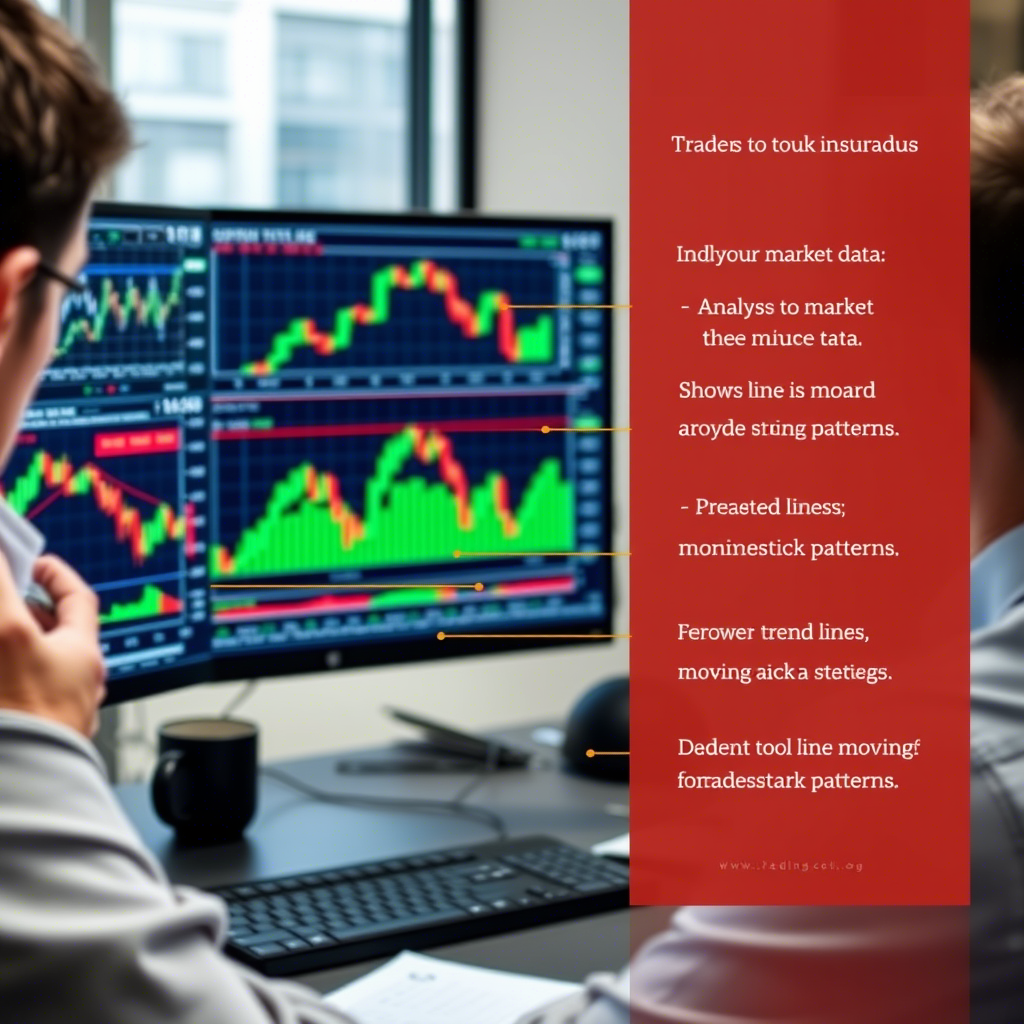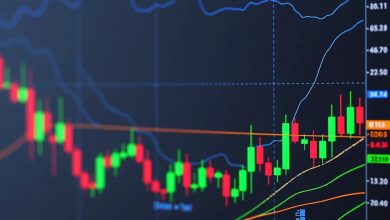Currency Day Trading: Your Guide to Profiting in the Forex Market

What Is Currency Day Trading?
Day trading in the forex market means opening and closing trades within the same trading session, typically within hours or minutes. Unlike swing trading or long-term investing, day traders aim to profit from small price fluctuations, avoiding overnight market risks. The goal is to accumulate small, consistent gains that add up over time.
Day trading appeals to those who thrive in high-energy environments and can dedicate hours to monitoring charts and market news. However, it’s not without challenges—success requires sharp focus, quick decision-making, and robust risk management.
Why Choose Day Trading in Forex?
The forex market’s unique features make it ideal for day trading:
-
High Liquidity: Major currency pairs like EUR/USD and GBP/USD have tight spreads and ample trading volume, ensuring smooth trade execution.
-
24/5 Market: The forex market operates around the clock, offering flexibility to trade during various sessions (Asian, European, or North American).
-
Leverage Opportunities: Brokers often provide high leverage, allowing traders to control larger positions with less capital (though this increases risk).
-
Volatility: Currency prices fluctuate constantly due to economic data, geopolitical events, and market sentiment, creating frequent trading opportunities.
These factors make forex day trading a dynamic and potentially rewarding pursuit.
Essential Tools for Day Trading
To succeed in currency day trading, you need the right tools and setup. Here’s what you’ll need:
1. Reliable Trading Platform
A fast, user-friendly platform is critical. Popular choices include MetaTrader 4 (MT4), MetaTrader 5 (MT5), or cTrader, which offer advanced charting, indicators, and order execution.
2. Technical Indicators
Day traders rely on indicators to spot opportunities:
-
Moving Averages: Identify trends and potential reversals.
-
Relative Strength Index (RSI): Gauge overbought or oversold conditions.
-
Bollinger Bands: Measure volatility and identify breakout points.
3. Economic Calendar
Stay informed about high-impact events like interest rate decisions, non-farm payrolls, or inflation reports, which can trigger sharp price movements.
4. Fast Internet and Hardware
A laggy connection or outdated computer can cost you trades. Ensure you have a reliable internet connection and a device capable of handling real-time data.
Effective Day Trading Strategies
Day trading requires a clear strategy to navigate the market’s volatility. Below are three popular approaches tailored for forex day trading.
1. Scalping
What It Is: Scalping involves making dozens of trades daily, targeting tiny price movements (5-10 pips per trade). Positions are held for seconds to minutes.
How It Works:
-
Focus on liquid pairs with low spreads (e.g., EUR/USD).
-
Use 1-minute or 5-minute charts with indicators like stochastic oscillators or moving average crossovers.
-
Enter and exit trades quickly, aiming for small but frequent profits.
Pros:
-
Fast results and minimal overnight risk.
-
High trade volume can compound gains.
Cons:
-
Demands intense focus and quick reflexes.
-
High transaction costs from frequent trades.
Best For: Full-time traders with experience in fast-paced markets.
2. Breakout Trading
What It Is: Breakout trading involves entering trades when a currency pair breaks through a key support or resistance level, signaling a potential trend.
How It Works:
-
Identify consolidation zones using tools like trendlines or Bollinger Bands.
-
Place buy or sell orders just above/below the breakout level.
-
Use stop-loss orders to protect against false breakouts.
Pros:
-
Captures strong price movements.
-
Works well during high-volatility sessions (e.g., London open).
Cons:
-
False breakouts can lead to losses.
-
Requires patience to wait for setups.
Best For: Traders who can monitor markets during peak volatility.
3. News Trading
What It Is: News trading capitalizes on price spikes triggered by economic releases or geopolitical events.
How It Works:
-
Monitor an economic calendar for high-impact events (e.g., Federal Reserve announcements).
-
Analyze the expected versus actual data to predict market reactions.
-
Enter trades immediately after the news, using tight stop-losses to manage volatility.
Pros:
-
Offers large profit potential in short timeframes.
-
Clear catalysts for price movements.
Cons:
-
High risk due to unpredictable market reactions.
-
Widened spreads during news events can increase costs.
Best For: Risk-tolerant traders with strong fundamental analysis skills.
Risk Management in Day Trading
Day trading’s fast pace amplifies risks, making risk management non-negotiable. Here’s how to protect your capital:
-
Use Stop-Loss Orders: Set stop-losses for every trade to cap potential losses.
-
Limit Risk per Trade: Risk no more than 1-2% of your account balance on a single trade.
-
Avoid Overleveraging: High leverage can magnify losses. Stick to conservative ratios (e.g., 10:1 or lower).
-
Track Your Trades: Maintain a journal to review performance and refine your strategy.
Proper risk management ensures you stay in the game even after a string of losses.
Tips for Successful Day Trading
To thrive as a forex day trader, follow these practical tips:
1. Choose the Right Session
The forex market has three major sessions: Asian, European, and North American. The European session (7 AM–4 PM GMT) is the most active, offering tight spreads and high volatility.
2. Start with a Demo Account
Practice your strategy in a risk-free demo account to build confidence and fine-tune your approach before trading real money.
3. Stay Disciplined
Emotions can derail even the best strategies. Stick to your plan, avoid chasing losses, and take breaks to maintain mental clarity.
4. Keep Learning
The forex market evolves constantly. Stay updated with trading blogs, webinars, and books like Currency Trading for Dummies or Technical Analysis of the Financial Markets.
Common Pitfalls to Avoid
Day trading is challenging, and mistakes can be costly. Steer clear of these traps:
-
Overtrading: Excessive trading leads to burnout and high transaction costs.
-
Ignoring News: Unawareness of major events can catch you off guard.
-
Neglecting Psychology: Fear or greed can cloud judgment. Cultivate emotional resilience.
-
Skipping Analysis: Relying on gut feelings instead of data-driven decisions is a recipe for failure.
Building a Day Trading Routine
A structured routine sets you up for success. Here’s a sample daily plan:
-
Morning: Review the economic calendar and mark key events.
-
Pre-Market: Analyze charts, identify potential setups, and set alerts.
-
Trading Hours: Execute trades based on your strategy, monitoring positions closely.
-
Post-Market: Log trades, assess performance, and plan for the next session.
Consistency in your routine builds discipline and improves results over time.
Conclusion
Currency day trading offers an exciting path to profit in the forex market, but it’s not for the faint-hearted. By mastering strategies like scalping, breakout trading, or news trading, and pairing them with disciplined risk management, you can turn short-term price movements into consistent gains. Start small, practice diligently, and stay committed to learning. With the right mindset and tools, currency day trading can become a rewarding venture. Dive in today—your next trade could be the start of something big!




